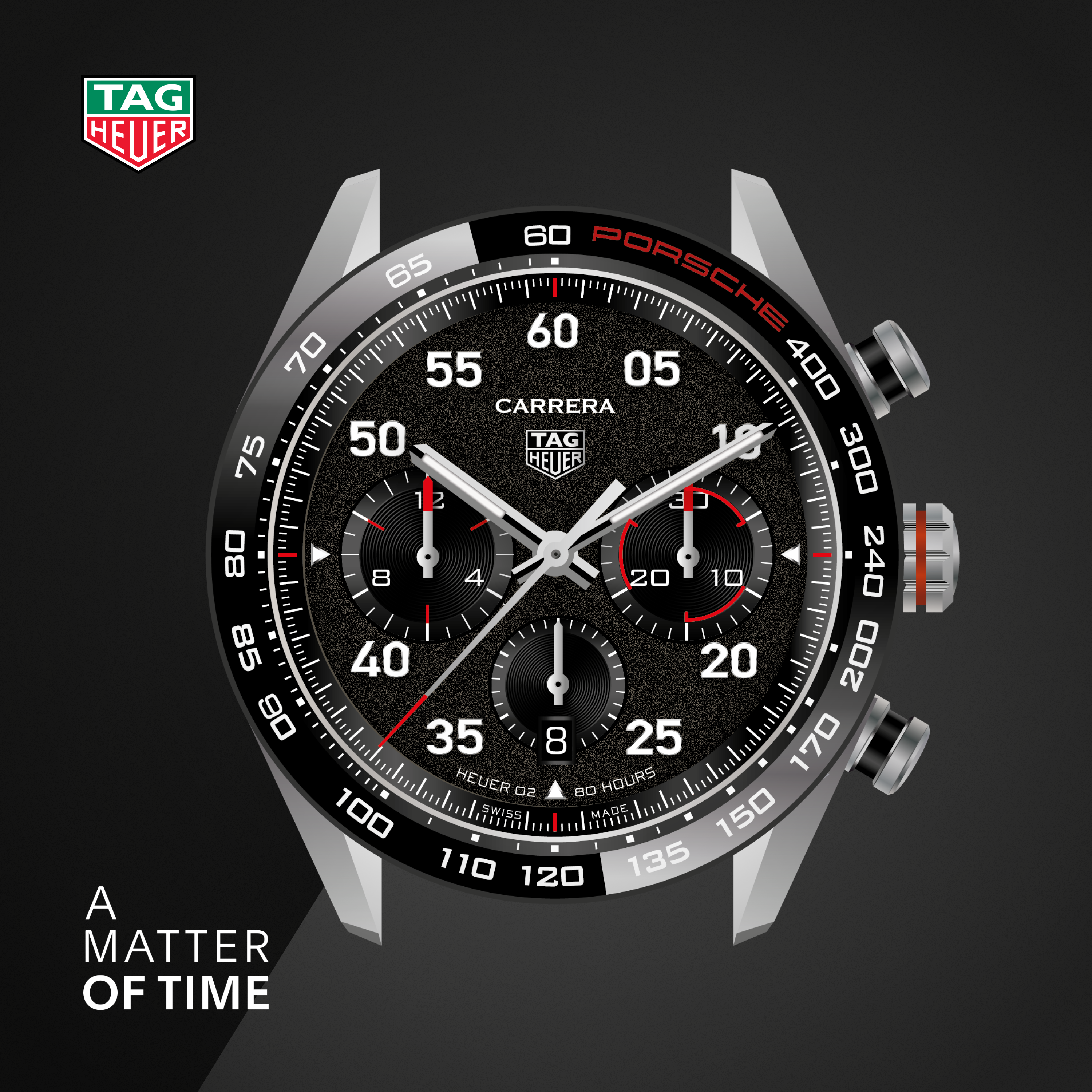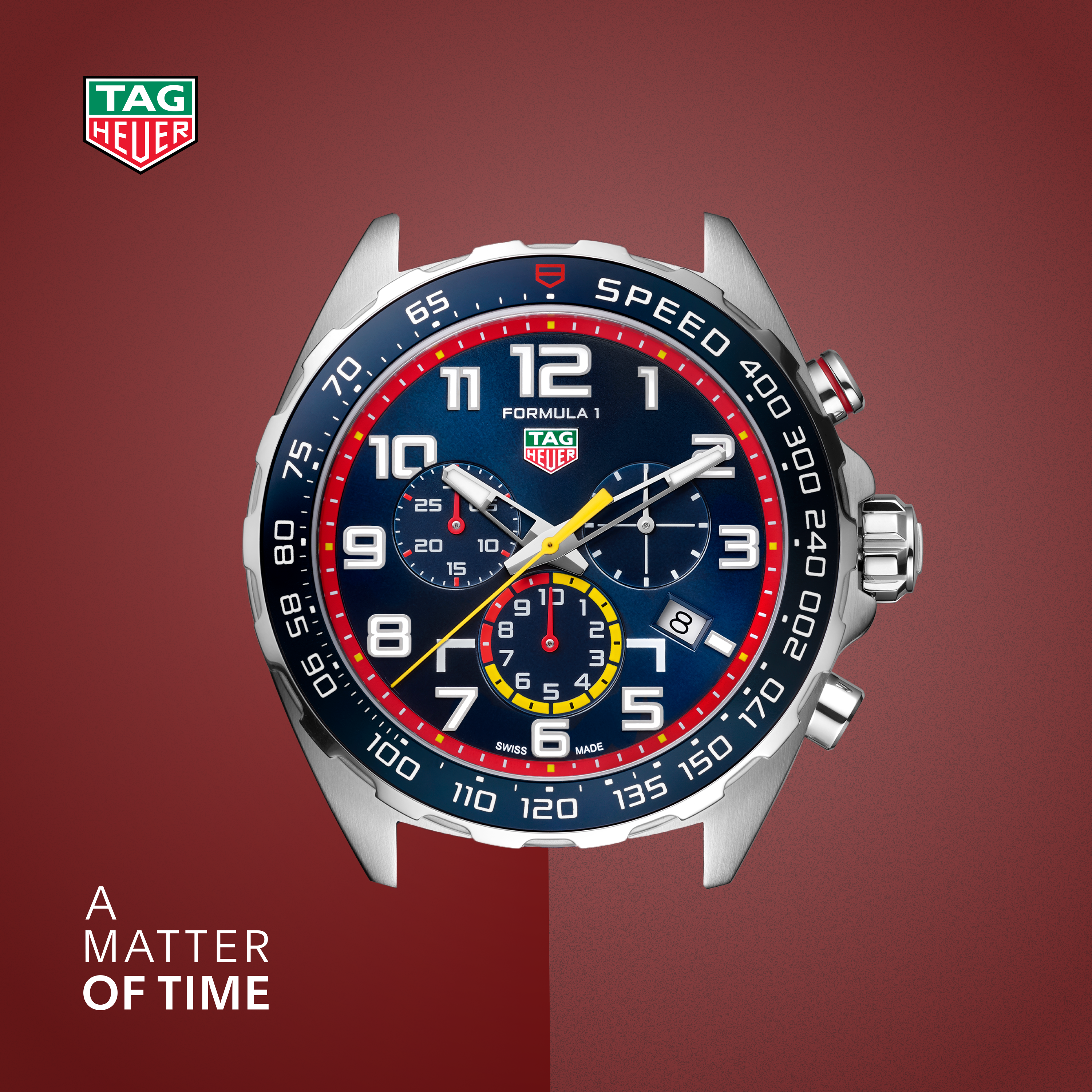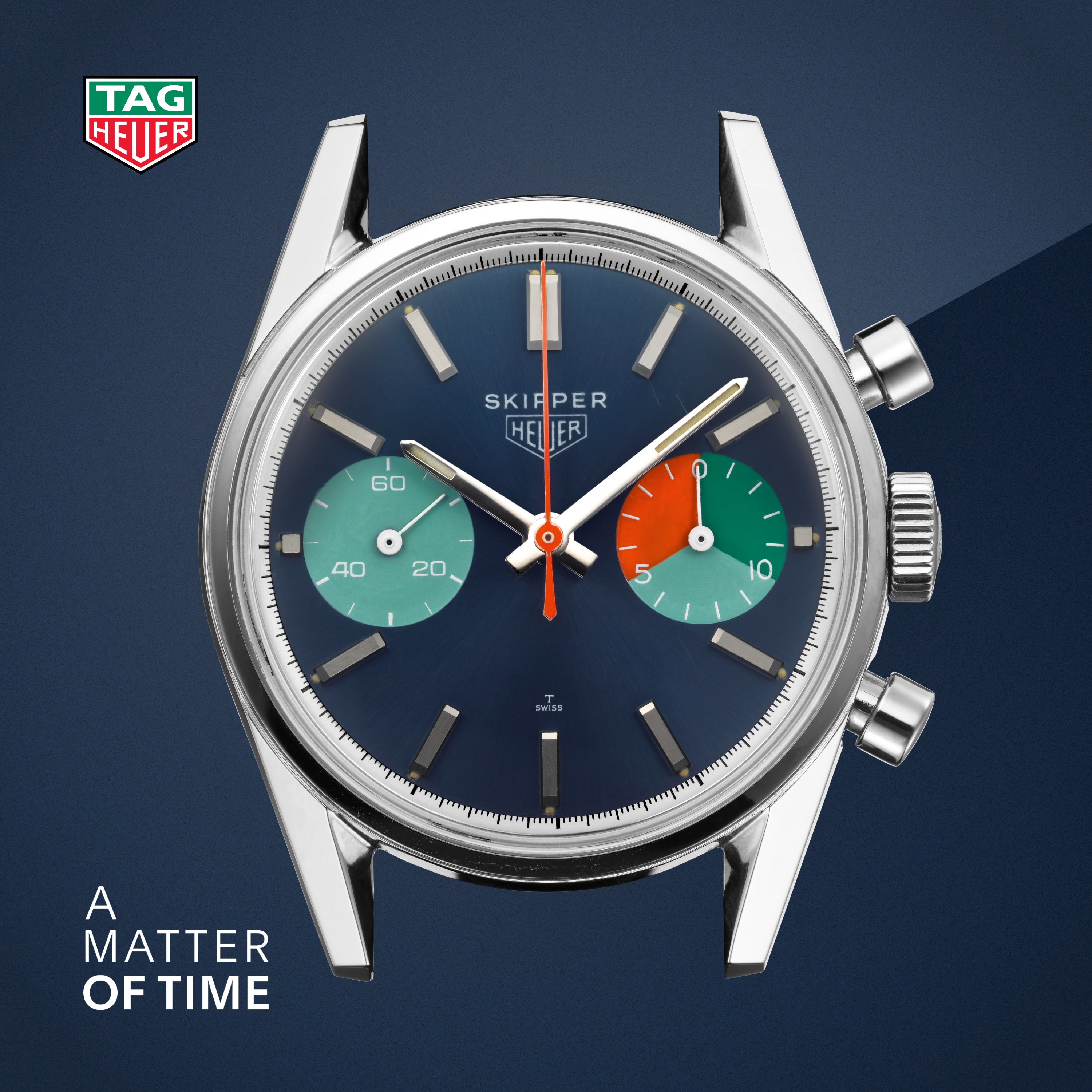Episode Transcript
Speaker 1 00:00:02 Welcome to a Matter of Time, a podcast by Tag Hoyer. I'm your host, Nicholas Bebe, heritage director at Tag Hoyer, and someone with a great, long lasting love for fine twist watchmaking. In this season, we're talking about the Carrera in its 60th anniversary. Today we're gonna talk about a defining moment for the Swiss watch making industry. It's the 3rd of March, 1969 for the Hotel Intercontinental in Geneva. Jack Hoyle, Willie Brightling, and a number of other industry personalities are gathered in a conference room on the top floor of the building to launch something that has never appeared in the watchmaking industry before. The first commercially available automatic chronograph movement. They'll be available worldwide, is gonna make its debut, and at the same time, simultaneously at the top of the PanAm building in New York, the exact same news conferences taking place with a host of industry representatives there to share it with the
Speaker 0 00:01:06 World.
Speaker 1 00:01:12 It's hard to imagine how groundbreaking the Caliber 11 automatic chronograph movement was when it arrived in the marketplace. But for years, various players in the marketplace had been chasing this holy grail of complications. We know that around the same time, Zenni had been developing their El Prime Romero movement from the beginning of the 1960s, and SKO had also had been working on the reference 61 39 with its own automatic chronograph caliber. The approach that Hoyer and its partners took rather different from the mid 1960s. It was clear that there was a drop in sales and export for manual wind chronograph powered watches. As automatic time only pieces became increasingly dominant, and the convenience had won over consumers. It was obvious that something had to be done to allow the chronograph to power itself. Given the cost of developing this new movement, a number of industry players had to work together with Jack Hoyer and Willie Brightling acting as vice president and president of the Swiss Chronograph Organization. They were the ones with their finger on the pulse. They knew exactly what was going on and how to make the move ahead. Fortunately, they both occupied very different disciplines. Brightening was very much focused on aviation. Hoyer was really covering the Motorsport discipline, so it was natural for them to come together and work on the project.
Speaker 1 00:02:28 Jack's father Charles Oi, had identified the idea of combining a micro rotor movement at the time from Buren with a chronograph module in the early 1960s. But at the time, Byron's calibers were just too thick to make a package that was suitable for a wristwatch. In the late 1960s, Buren debuted a thinner version of the micro movement. So the time was right. Working with dup de pra to develop a chronograph module that would sit on top, they created this modular design that would comfortably be housed within what would be seen as an ergonomic watch, worned by a wide variety of risk sizes. So it was this dream team within the Swiss watchmaking industry that was able to pull together the players, the finances, the suppliers, to create this revolutionary movement.
Speaker 1 00:03:18 Leading up to the launch in 1969, a whole portfolio of watches was created for Hoya to debut the movement. The Tavian career. Airlines were successful names the company wanted to continue, but the cases would have to go through substantial redesigns to accommodate the new caliber. Using this C shaped aesthetic, as we call it, that would welcome the 1970s, something that was more sleek and ergonomic and communicative of this space, age, contemporary design that was so popular at the time together with the totally revolutionary Monaco that no one had seen before. These three model lines would form the foundation of the new collection going forward. For the Carrera, it was the reference. 1163 initially launched with a so-called black dah, but really more of a blue with the bras showing through underneath
Speaker 1 00:04:10 The very earliest models most covered it by collectors were the chron Nomatic name. The word was a combination of the automatic of the caliber and the chronograph complication, of course. And whilst it was put forward by Jack and Willie together, when it made its way out to consumers, it wasn't so well understood. So Jack quickly decided to just simply replace it with the automatic chronograph wording. This meant that these early chromatic corres are extremely rare, highly desirable, and today hugely valuable in the marketplace. Not long afterwards, the model line would evolve and we would see a silver dial added to the collection to compliment the black. So going into the 1970s, Hoya had a brand new portfolio of watches, a groundbreaking movement, a fantastic advertising agency to support them in their efforts, international distribution. It felt like the sky was the limit for the company, and it would be the next great step into the world of motor racing that would really cement Hoya's reputation as the defacto timing partner for the world of Motorsport in the most prestigious theater Formula one. We'll be covering the great story of how this relationship came together in the next episode of a matter of time.
Speaker 1 00:05:16 I'm looking forward to welcoming you on the next episode of a matter of time with so many incredible stories to talk about and so many iconic models. It's only a matter of time before we get round.


